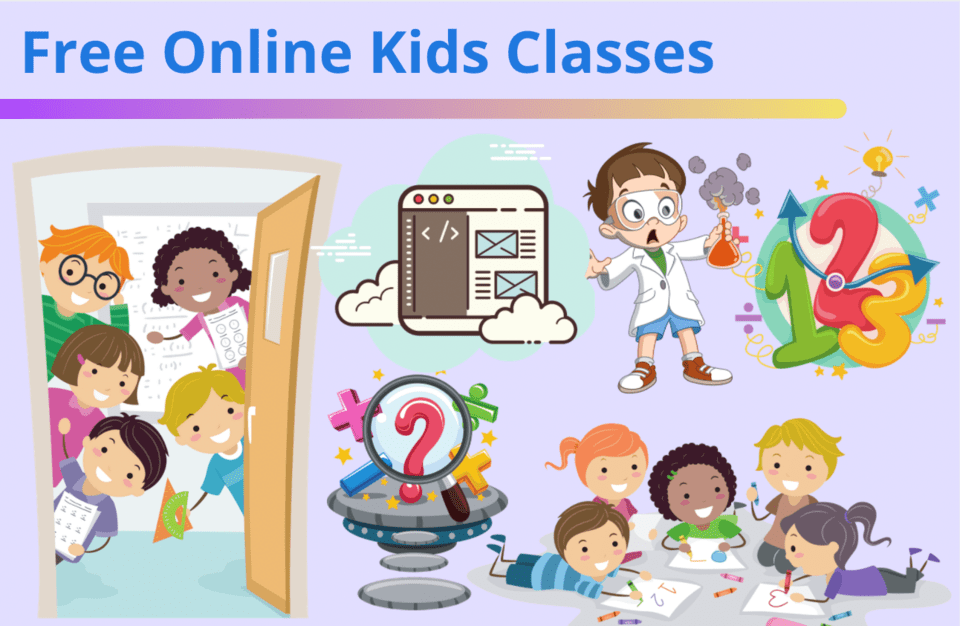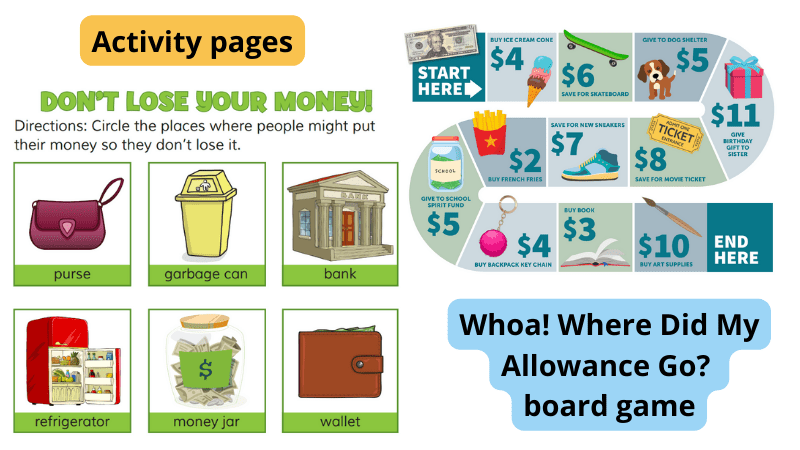Introduction:
In the ever-evolving educational landscape, it is crucial for students to develop a strong foundation in mathematics. One innovative way to help them practice and reinforce math concepts is by creating a dice calculator. A dice calculator is an engaging and interactive tool that turns the act of learning into play. In this article, we will explore the benefits of using a dice calculator for math practice and provide instructions on how to create one for your students.
Benefits of a Dice Calculator:
1. Interactive Learning: The use of dice calculators encourages hands-on and tangible interaction, allowing students to physically manipulate numbers while solving problems.
2. Engaging: Dice-based games are fun and capture the interest of students, making it easier for them to grasp complex mathematical concepts.
3. Customizable: You can adjust the difficulty level or focus on specific operations (addition, subtraction, multiplication, or division) to cater to individual student needs.
4. Collaboration: A dice calculator is an effective platform for group work, cultivating teamwork and communication skills among students.
5. Self-Paced Learning: As students become comfortable with a particular operation, they can progress at their own speed and challenge themselves with more advanced calculations.
Creating a Basic Dice Calculator:
Materials you’ll need:
– Two six-sided dice (preferably with different colors)
– A calculator (optional, but helpful for checking answers quickly)
Instructions:
1. Assign each die a specific arithmetic operation, such as addition with the first die and multiplication with the second die.
2. Have the student roll both dice simultaneously.
3. Based on which operation is facing up on each die, the student will combine the two numbers accordingly – either add or multiply in this example.
4. After calculating the result, have the student check their answer using a calculator if necessary.
As students become comfortable using the dice calculator, additional steps can be introduced to increase difficulty or complexity, such as introducing more dice with different operations, using a timer for added pressure, or even incorporating negative numbers.
Conclusion:
A dice calculator is a versatile tool that can be employed in a variety of educational settings. In addition to math practice for students, it can also be used as a game at family gatherings, or even as an icebreaker during team-building activities. The level of customization and the ability to modify the experience based on individual needs make it an invaluable resource for educators looking to engage students in a fun and effective manner. Try creating your own dice calculator and witness its potential to revolutionize the way your students learn math concepts!










